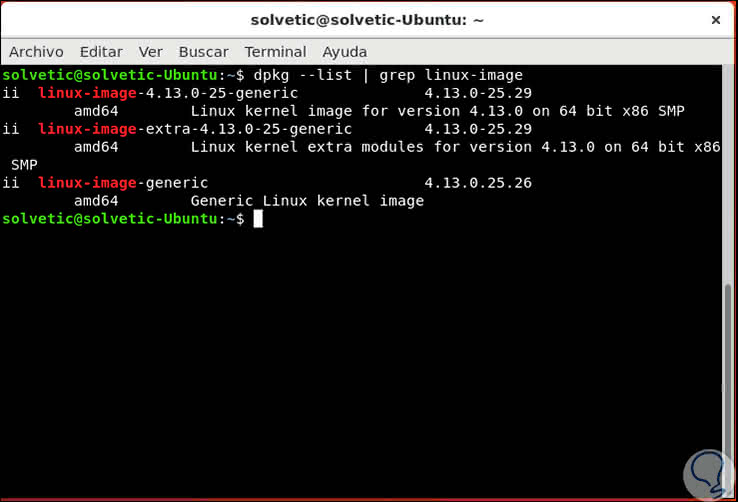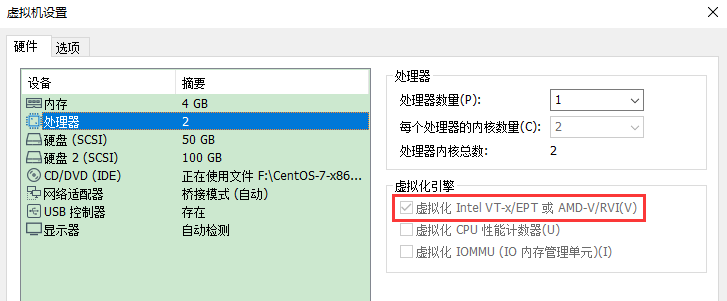

Live migration is unsafe when this mode is used as libvirt / QEMU cannot guarantee a stable CPU is exposed to the guest across hosts. Note that KVM may filter out some host CPU model features if they cannot be supported with virtualization. KVM supports 3 cpu modes types: Host passthrough This passes the host CPU model features, model, stepping, exactly to the guest. We need to go a bit deeper on how KVM virtualizes the CPU models on guest machines.

How can we enable them back on the virtual machines? Sometimes, however, the flags are truly necessary, for example our VMs will be acting as nginx reverse proxy especially for terminating TLS requests, therefore AES intruction set may sound helpful because it improves en/decryption speed thus reducing CPU ultilization. For that, many flags would be removed because that model doesnt support them. By default, KVM sets the cpu mode to custom with generic model- to ensure that a persistent guest sees the same hardware no matter what host the guest is booted on. The question is, if the cpu flags are beneficial, why arent they enabled for virtual machines? Differences can be seen as the vm possesses much less flags than its parent. Let’s make a simple check: host# grep ‘flags’ -m1 /proc/cpuinfo flags : fpu vme de pse tsc msr pae mce cx8 apic sep mtrr pge mca cmov pat pse36 clflush dts acpi mmx fxsr sse sse2 ss ht tm pbe syscall nx pdpe1gb rdtscp lm constant_tsc arch_perfmon pebs bts rep_good nopl xtopology nonstop_tsc cpuid aperfmperf pni dtes64 monitor ds_cpl vmx smx est tm2 ssse3 cx16 xtpr pdcm pcid dca sse4_1 sse4_2 popcnt lahf_lm epb pti tpr_shadow vnmi flexpriority ept vpid dtherm ida arat vm# grep -m1 ‘flags’ /proc/cpuinfo flags : fpu de pse tsc msr pae mce cx8 apic sep mtrr pge mca cmov pat pse36 clflush mmx fxsr sse sse2 syscall nx lm constant_tsc rep_good nopl pni ssse3 cx16 sse4_1 sse4_2 x2apic popcnt hypervisor lahf_lm The problem is, not all flags from host machine passed down to guest machine.
Grep vmx proc cpuinfo how to#
How to check CPU flags # grep ‘flags’ -m1 /proc/cpuinfo flags : fpu vme de pse tsc msr pae mce cx8 apic sep mtrr pge mca cmov pat pse36. If not somehow, they need to be manually enabled on BIOS if the CPU supports. Usually, for newer CPU generations and Linux distributions, all the features will be enabled by default. hypervisor: the box is a virtual machine running on a hypervisor.pse: Page Size Extension - allows for pages larger than the traditional 4 KB size (Hugepage).rdrand: Read Random Number - an instruction for returning random numbers from an Intel on-chip hardware random number generator.avx: Advanced Vector Extensions - allows a (quite drastic) speed up in certain floating point operations.pae: Physical Address Extension - ability to use more than 4G memory for 32bit CPU.aes-ni (or simply aes): Advanced Encryption Standard new instructions - improves the speed of encryption / decryption operations using AES.fpu: Floating Point Unit - supports floating point operations.
Grep vmx proc cpuinfo software#
vmx: Virtual Machine Extention - which must be enable for software virtualization services (KVM, VMWare, VirtualBox…) to work.lm: Long mode - supports 64-bit architecture.ht: Hyper-Threading - improves parallelism of computations.Below are some important features which are being used everyday that we should know about:
Grep vmx proc cpuinfo full#
The full list of features can be seen at reference, but most of them are cryptic and may not give any benefit to general users.

The features can be simple as calculating floating point unit, hyperthreading technology, or ability to extend physical memory to 64-bit address… CPU flagsĬPU flags (aka CPU features) simply are attributes of CPU, denoted which features it supports. In this blogpost, we will go through a brief description of cpu flags, and see how a little tweak on CPU flags can improve quite significant performance on a virtual machines for particular situations. Coccoc uses KVM (Kernel-based Virtual Machine) virtualization infrastructure as a private cloud solution, and improving its performance and stability is always a challenging yet exciting task.


 0 kommentar(er)
0 kommentar(er)
